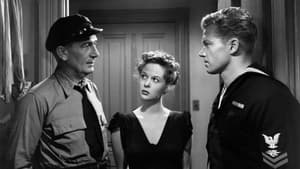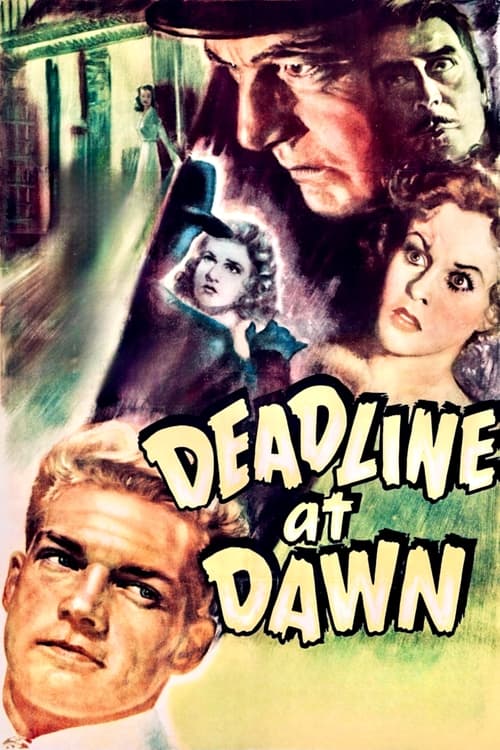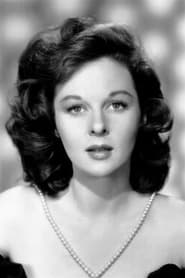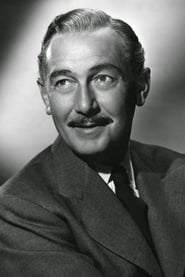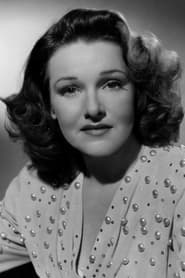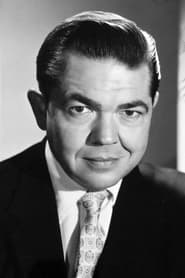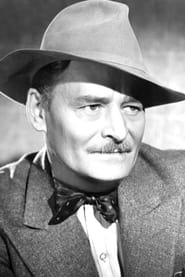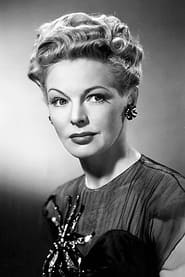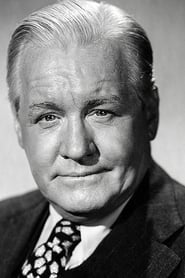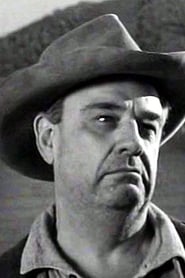Cast
View AllSusan Hayward
as June Goffe
Paul Lukas
as Gus Hoffman
Bill Williams
as Alex Winkler
Joseph Calleia
as Val Bartelli
Osa Massen
as Helen Robinson
Lola Lane
as Edna Bartelli
Jerome Cowan
as Lester Brady
Marvin Miller
as Sleepy Parsons
Roman Bohnen
as Frantic Man with Injured Cat
Steven Geray
as Edward Honig
Joe Sawyer
as Babe Dooley
Constance Worth
as Nan Raymond
Joseph Crehan
as Lt. Kane
Ernie Adams
as Waiter (uncredited)
Fred Aldrich
as Nightclub Guest (uncredited)
Crew
Director
- Harold Clurman
Producer
- Adrian Scott
Reviews
John Chard
People with wax heads should keep out of the sun!
Deadline at Dawn is directed by Harold Clurman and adapted to screenplay by Clifford Odets from the novel written by Cornell Woolrich. It stars Susan Hayward, Paul Lukas, Bill Williams, Joseph Calleia, Osa Masson and Lola Lane. Music is by Hans Eisler and cinematography by Nicholas Musuraca.
Sailor Alex Winkley (Williams) wakes up with hangover amnesia to find he has a wad of cash on his person that he didn't have before his drunken exploits. Enlisting the help of dancer June Goth (Hayward), he retraces his steps to the home of the nightclub hostess who had befriended him the night before. Finding the woman dead, Alex doesn't know if he murdered and robbed her? So with the clock ticking, Alex and his friend have to find out what happened...
"She's a blitzkrieg with hair on her head"
Amnesia formed the backbone of many a good film noir picture, here we have a familiar theme brought about by a simple social occurrence, that of a drunken night. This sets us up for a mystery to be solved as our protagonists trawl through a backlot produced night time New York that's awash with a whole array of damaged or menacing characters.
The dialogue is often sharp, where we get plenty of choice one liners and superb philosophical musings from Lukas' taxi driver who has joined the fight to prove Alex's innocence (in fact all the cabbies in this are real cool). This was Clurman's only big screen directing assignment, and in truth it's just a passable job and he's saved by strong turns from Hayward and Lukas. However, there's a nifty noir world painted and the pic constantly holds interest value. 7/10
Feb 16, 2020
Thematic Analysis
Deadline at Dawn represents a fascinating example of Mystery/Thriller/Romance cinema, offering viewers a unique perspective on the human experience and societal structures. The film's approach to its themes demonstrates a creative vision that distinguishes it within its genre.
Director Harold Clurman brings their distinctive visual style to this film, continuing their exploration of themes seen in their previous works while adding new elements. Their approach to pacing and visual storytelling creates a viewing experience that rewards close attention.
Released in 1946, the film exists within a cultural context that now offers viewers historical perspective on the social issues of that era. Its reception demonstrates the diverse reactions to its artistic choices and its place in cinema history.
Did You Know?
- The production of Deadline at Dawn took approximately 7 months from pre-production to final cut.
- The final cut of the film runs for 83 minutes, though the director's initial assembly was reportedly 136 minutes long.
- The director insisted on using practical effects whenever possible, reserving CGI for only the most necessary scenes.
- The musical score contains over 39 unique compositions.
- The costume department created over 382 unique costume pieces for the production.
Historical Context
- In 1946, when this film was released:
- Television was becoming a dominant form of home entertainment.
- The Cold War was intensifying, influencing global politics and culture.
- The film industry was dominated by major studios, with independent cinema still in its early development.
How This Film Stands Out
While Deadline at Dawn shares thematic elements with other films in its genre, it distinguishes itself through its unique approach to storytelling, visual style, and character development.
Unlike Rosemary's Baby, which focuses more on action than character development, Deadline at Dawn subverts genre expectations by exploring its themes with greater nuance.
While films like Strangers on a Train and Sliver explore similar territory, Deadline at Dawn stands apart through its deeper exploration of its central themes and more complex characterization.
This film's unique contribution to cinema lies in its bold artistic choices and willingness to challenge viewer expectations, making it a valuable addition to its genre.
Details
- Release Date: March 18, 1946
- Runtime: 1h 23m
Where to Watch


